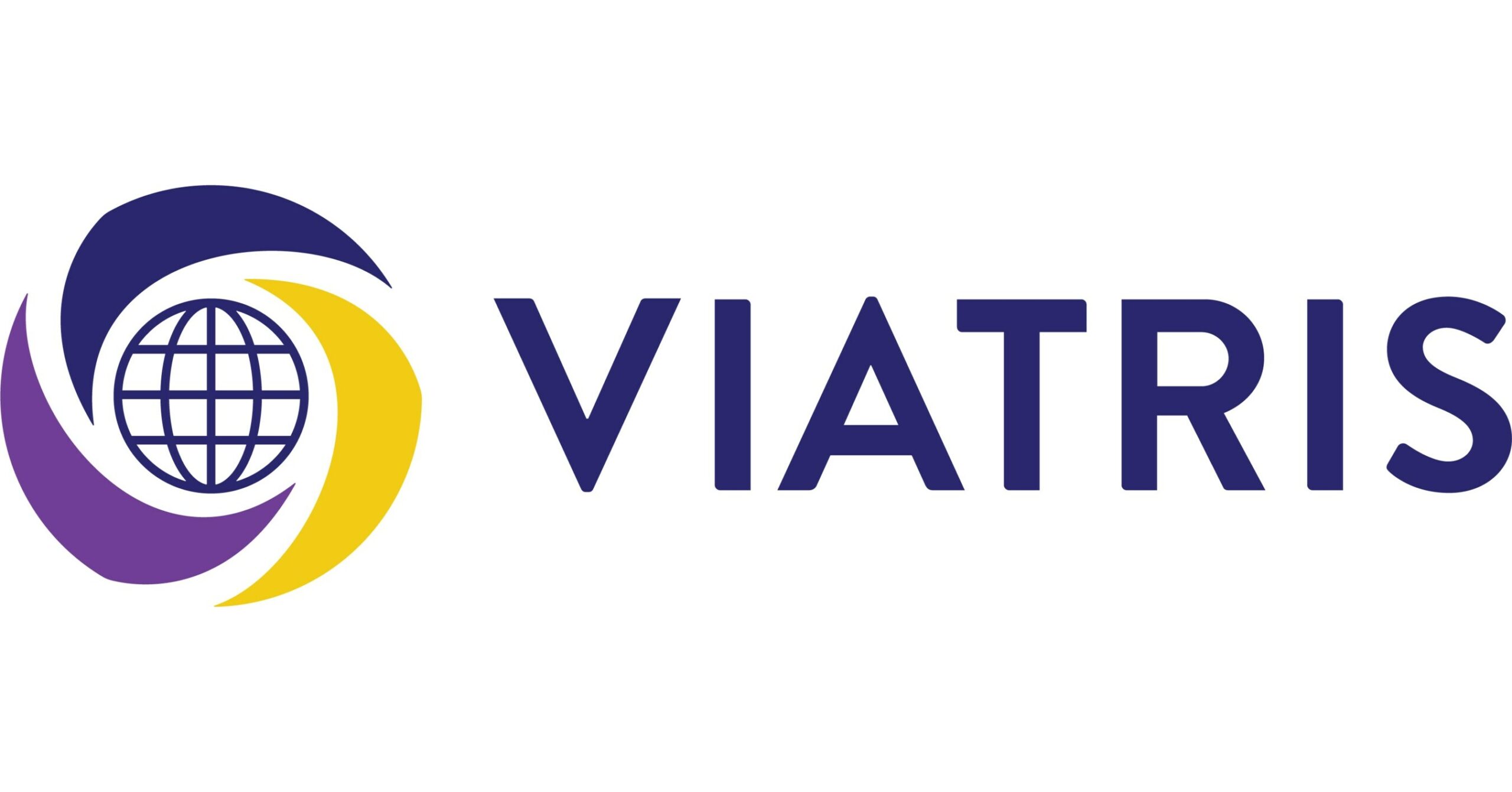The prevalence of Alzheimer disease (AD) is approximately two times higher in African Americans (AA) compared to White/European-ancestry (EA) individuals living in the U.S. Some of this is due to social determinants of health such…
Author: admin
-

SOLAS 2026: What shipowners must do before first renewal survey after 1 Jan 2026
From 1 January 2026, new SOLAS requirements for shipboard lifting appliances enter into force under Regulation II-1/3-13 (Resolution MSC.532(107)). If you operate cargo cranes, stores cranes, engine-room cranes, hose-handling gear or similar equipment, these changes affect your surveys, documentation, and day-to-day operations.
These amendments introduce significant obligations for shipowners, operators, and technical managers, with direct implications for compliance, certification and the safe operation of lifting equipment on board vessels.
During this session, LR experts will show you exactly what changes, who’s affected, and how to get compliant on time so that you can pass your first renewal survey after the deadline with confidence.
Date: 18 November 2025
Time: 11:30 – 13:30 CETDuring this session, you’ll learn:
- Exactly how Reg. II-1/3-13 impacts your fleet by equipment type.
- The evidence pack surveyors expect at renewal: certificates, test records, SWL markings, manuals. Lloyd’s Register
- How LR CLAME and other acceptable standards can demonstrate compliance.
- Practical steps to close gaps now, without disrupting operations.
- Live Q&A: bring your cases and questions.
Continue Reading
-

Marketplace Content October 2025 | Minecraft
I’ve learnt two things so far: realistic cakes are stupid, and I don’t know when to give up.
So, for this last bake off, I’m trying to manifest my demonic feelings toward this whole, idiotic, thing called “baking”.
With a mix…
Continue Reading
-

Images from the Period Drama
Feast your eyes on some sweeping, beautiful first-look images from The Forsytes, coming to MASTERPIECE on PBS in 2026!…
Continue Reading
-
‘The author of my own life’: How Australia’s Head Start Homes uses AI to help people realize their dream of home ownership – Microsoft Source
- ‘The author of my own life’: How Australia’s Head Start Homes uses AI to help people realize their dream of home ownership Microsoft Source
- Australia needs to seize the lead with construction AI. Are we ready yet? thefifthestate.com.au
- AI could fast-track Australia’s next housing boom Property Update
- Why artificial intelligence could be the answer to Australia’s housing approvals gridlock Australian Property Investor Magazine
Continue Reading
-

Viatris Named to Forbes’ Annual List of the World’s Best Employers for the Fifth Year in a Row
Viatris Named to Forbes’ Annual List of the World’s Best Employers for the Fifth Year in a Row
PITTSBURGH, Oct. 8, 2025 /PRNewswire/ — Viatris Inc. (Nasdaq: VTRS), a global healthcare company, today announced that it has been named to Forbes’ list of World’s Best Employers 2025. This is the fifth year in a row that Viatris has received this recognition, which is presented by Forbes and Statista, the world-leading statistics portal and industry ranking provider.
“Being included once again on the Forbes’ World’s Best Employers 2025 list is a great way to mark our company’s upcoming fifth anniversary and a testament to our dedicated and passionate colleagues who help foster a workplace that prioritizes wellbeing, promotes inclusivity, supports learning and development, and empowers high performance,” said Andrew Enrietti, Chief Administrative and Transformation Officer, Viatris. “Together, we’ve built an environment that makes Viatris an employer of choice — today and for the future.”
The World’s Best Employers were chosen through an independent survey covering a broad sample of more than 300,000 participants across 50 countries. Respondents worldwide rated their “willingness to recommend” their employer on a 1-to-10 scale and had the chance to evaluate their organization across multiple aspects of employment. They were also able to provide feedback on both current and former employers. Additionally, participants could share their public perception of other companies operating within their country and industry. In total, 900 companies were included in the ranking.
To learn more about Viatris’ culture that enables colleagues to learn, grow and make an impact, please visit its careers site. You can also learn more by reading its 2024 Sustainability Report, which outlines the company’s 2024 achievements and progress across key areas including Access and Global Health, Our People, the Environment and the Community.
Being named to Forbes’ list of World’s Best Employers 2025 follows Viatris’ inclusion on TIME’s list of World’s Most Sustainable Companies 2024 and Forbes’ list of World’s Top Companies for Women 2024. The Company has also received Great Place to Work® certifications and Top Employers certifications in multiple countries, among others.
About Viatris
Viatris Inc. (Nasdaq: VTRS) is a global healthcare company uniquely positioned to bridge the traditional divide between generics and brands, combining the best of both to more holistically address healthcare needs globally. With a mission to empower people worldwide to live healthier at every stage of life, we provide access at scale, currently supplying high-quality medicines to approximately 1 billion patients around the world annually and touching all of life’s moments, from birth to the end of life, acute conditions to chronic diseases. With our exceptionally extensive and diverse portfolio of medicines, a one-of-a-kind global supply chain designed to reach more people when and where they need them, and the scientific expertise to address some of the world’s most enduring health challenges, access takes on deep meaning at Viatris. We are headquartered in the U.S., with global centers in Pittsburgh, Shanghai and Hyderabad, India. Learn more at viatris.com and investor.viatris.com, and connect with us on LinkedIn, Instagram, YouTube and X .SOURCE Viatris Inc.
For further information: MEDIA: +1.724.514.1968, Communications@viatris.com, Jennifer Mauer, Jennifer.Mauer@viatris.com, Matthew Klein, Matthew.Klein@viatris.com; or INVESTORS: +1.412.707.2866, InvestorRelations@viatris.com, Bill Szablewski, William.Szablewski@viatris.com
Continue Reading
-

Hadjar endures ‘very, very long race’ after power problem in Singapore with Lawson left baffled by finishing order
The Singapore Grand prix did not go to plan for Racing Bulls, who had both cars finish outside the points despite at times showing enough pace to mix with the top teams in practice and Qualifying. Isack Hadjar was forced to nurse an engine issue…
Continue Reading
-

Flag football is where it’s at
Mentored by flag football icon, Phoebe Schecter
Another opportune moment came when Frimpong was encouraged to go to a GB flag trial, and it was here another aspect of her journey developed when she met flag football pioneer, Phoebe…
Continue Reading
-

Ireland launches next phase of national precision oncology program
Today (8th October), Ireland’s Minister for Further and Higher Education, Research, Innovation and Science, James Lawless TD, launched Phase 2 of the country’s leading and largest ever cancer research program, Precision Oncology…
Continue Reading
-

Emirates NBA Cup 2025: West Group B Preview
With Group Play of the 2025 Emirates NBA Cup tipping off Oct. 31, we’re breaking down each group as they prepare for opening night, beginning with West Group B.
West Group B features three playoff teams from last season – the Lakers,…
Continue Reading
